Creating a Healthy Kitchen: Essential Tools and Ingredients
Have you ever walked into your kitchen, stomach growling, only to realize you have no idea what to make? Or maybe you’ve tried to whip up a healthy meal, but ended up with a disaster that not even your dog would eat? Trust me, I’ve been there. But here’s the secret: creating delicious, healthy meals isn’t about being a master chef. It’s about having the right tools and ingredients at your fingertips.
Think of your kitchen like a superhero’s headquarters. Just like Batman needs his utility belt, you need the right equipment and supplies to conquer your culinary adventures. With the right setup, you’ll be amazed at how easy (and fun!) it can be to cook up healthy, tasty meals that’ll make your taste buds do a happy dance.
So, let’s dive into the essentials for creating a healthy kitchen. By the end of this, you’ll be ready to transform your kitchen into a powerhouse of nutritious, delicious cooking!
So, let’s dive into the essentials for creating a healthy kitchen. By the end of this, you’ll be ready to transform your kitchen into a powerhouse of nutritious, delicious cooking!
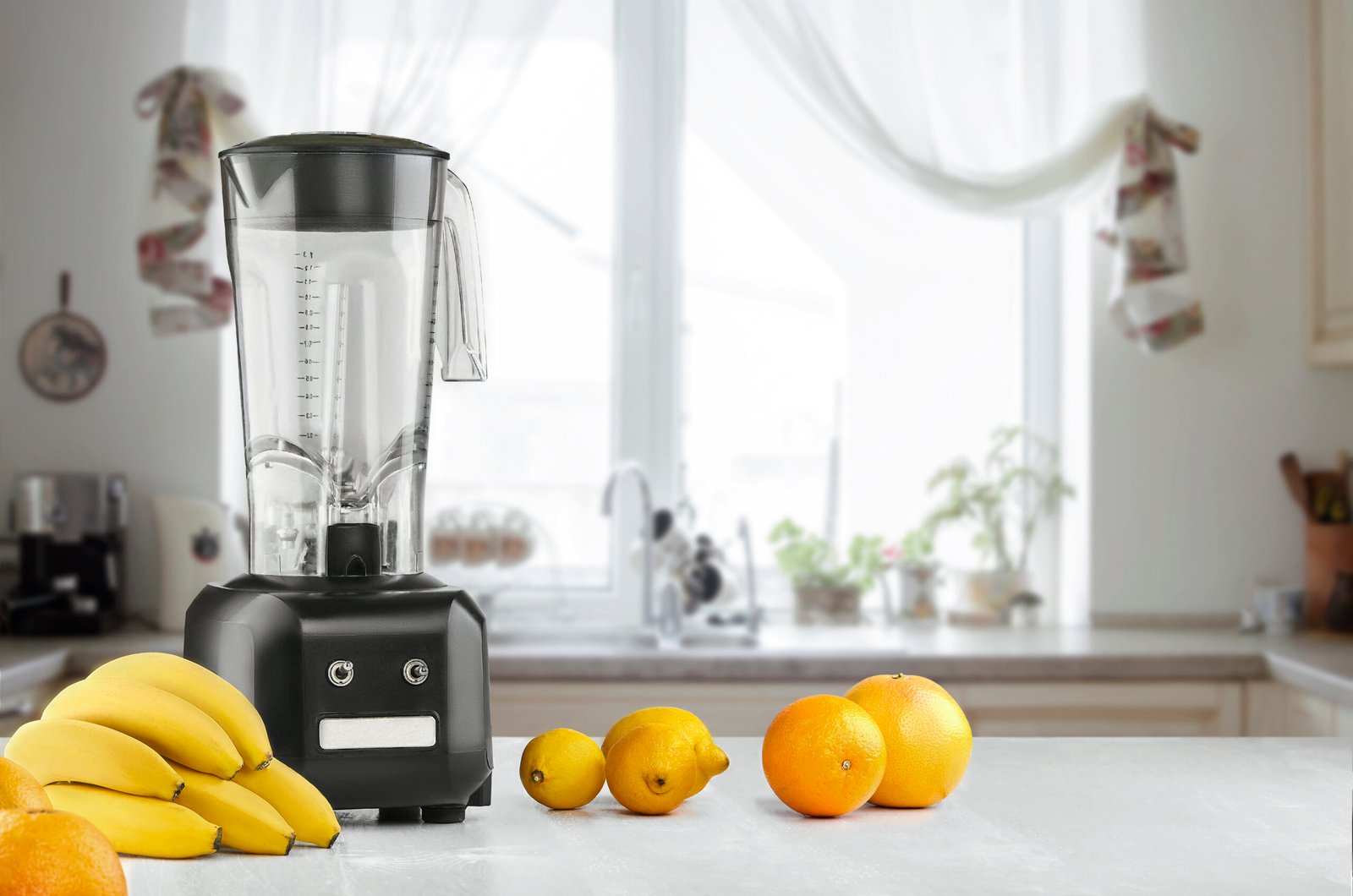
The All-Powerful Blender
First up on our list of kitchen must-haves is a good blender. This isn’t just for making smoothies (although it’s great for that too!). A quality blender can be your secret weapon for creating creamy soups, homemade nut butters, and even grinding your own flour. Plus, it’s perfect for sneaking extra veggies into sauces or smoothies. Look for one with different speed settings and a strong motor. Trust me, once you have a good blender, you’ll wonder how you ever lived without it.

The Versatile Food Processor
Next to your blender, a food processor is like the Swiss Army knife of the kitchen. It can chop, slice, grate, and puree, making prep work a breeze. Want to make your own hummus? Food processor. Homemade energy balls? Food processor. Quickly chop a ton of veggies for a stir-fry? You guessed it – food processor. This tool can save you tons of time and effort, making it easier to cook healthy meals from scratch.

The Trusty Chef’s Knife
You don’t need a whole set of fancy knives to cook well. What you do need is one good, sharp chef’s knife. This will be your go-to for everything from slicing vegetables to cutting meat. A quality knife makes cooking safer (believe it or not, dull knives are more dangerous) and more enjoyable. Plus, when you have a knife you love using, you’re more likely to spend time chopping fresh veggies instead of relying on pre-packaged stuff.
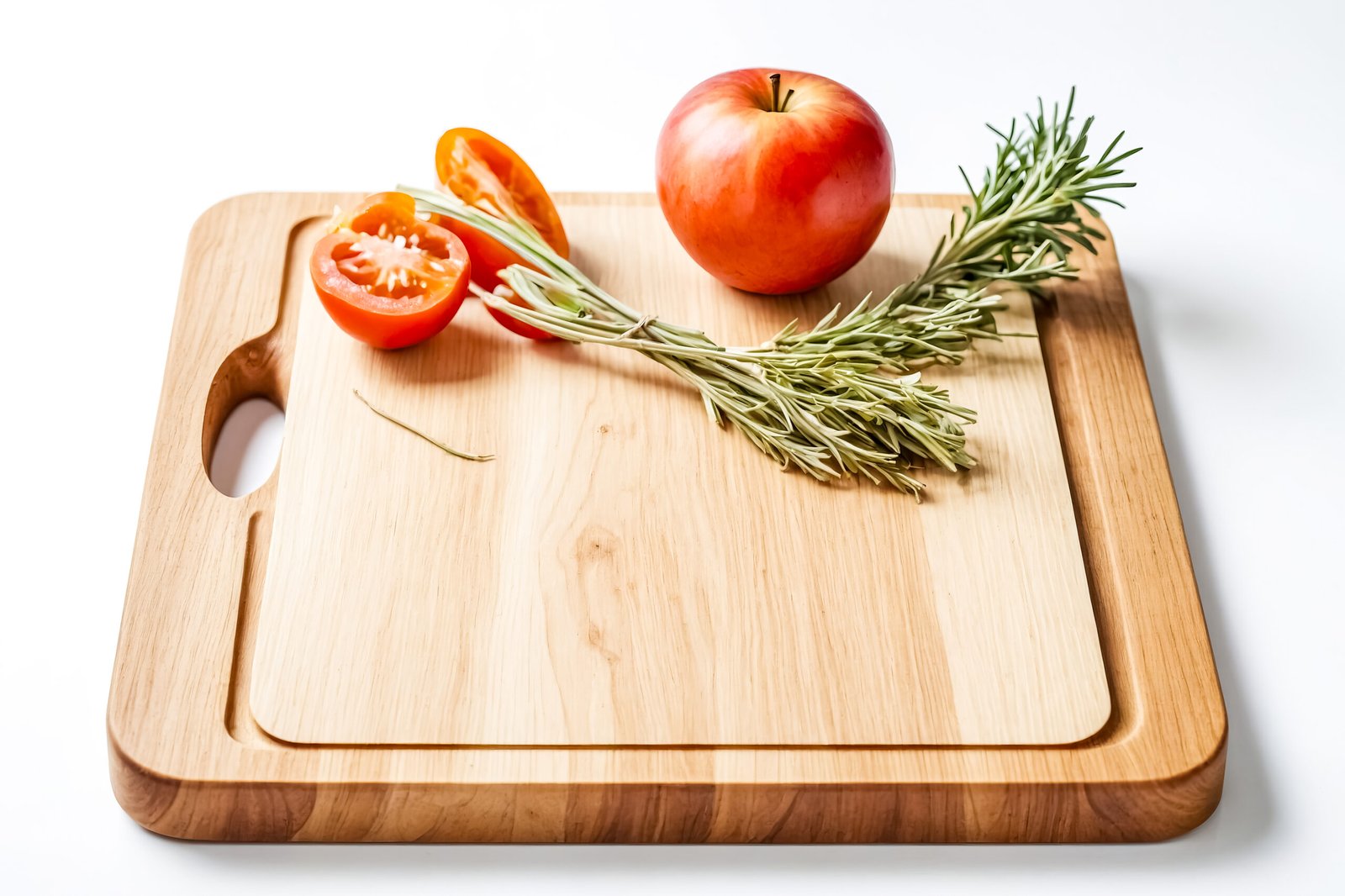
The Hardworking Cutting Board
Where there’s a knife, there needs to be a cutting board. Look for one that’s big enough to give you plenty of work space. Wooden or bamboo boards are great because they’re gentle on your knives and naturally antimicrobial. Having a good cutting board makes food prep way more pleasant, which means you’re more likely to actually use those fresh ingredients you bought.

The Multitasking Instant Pot
If you haven’t heard of the Instant Pot, prepare to have your mind blown. This magical appliance can be a pressure cooker, slow cooker, rice cooker, and more, all in one. It’s perfect for making healthy soups, stews, and even yogurt. The best part? It makes cooking from scratch super fast and easy. You can throw in some beans, veggies, and spices in the morning, and come home to a delicious, healthy dinner ready to eat.
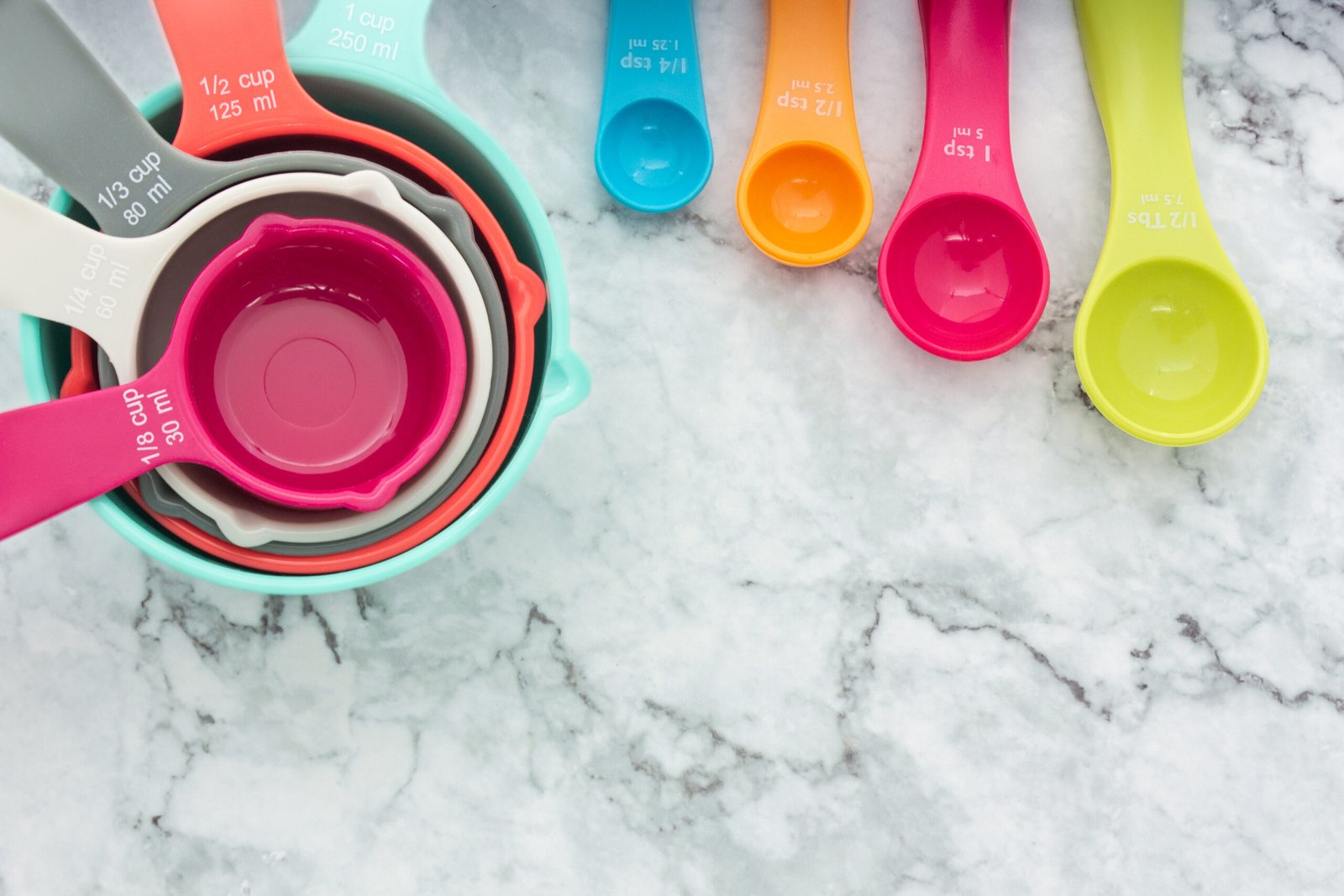
The Essential Measuring Cups and Spoons
Okay, I know measuring doesn’t sound exciting, but hear me out. Having a good set of measuring cups and spoons is crucial for following recipes accurately. This is especially important when you’re baking or trying out new healthy recipes. Plus, when you’re trying to eat healthier, portion control is key. Measuring tools can help you get a better sense of what a proper portion looks like.
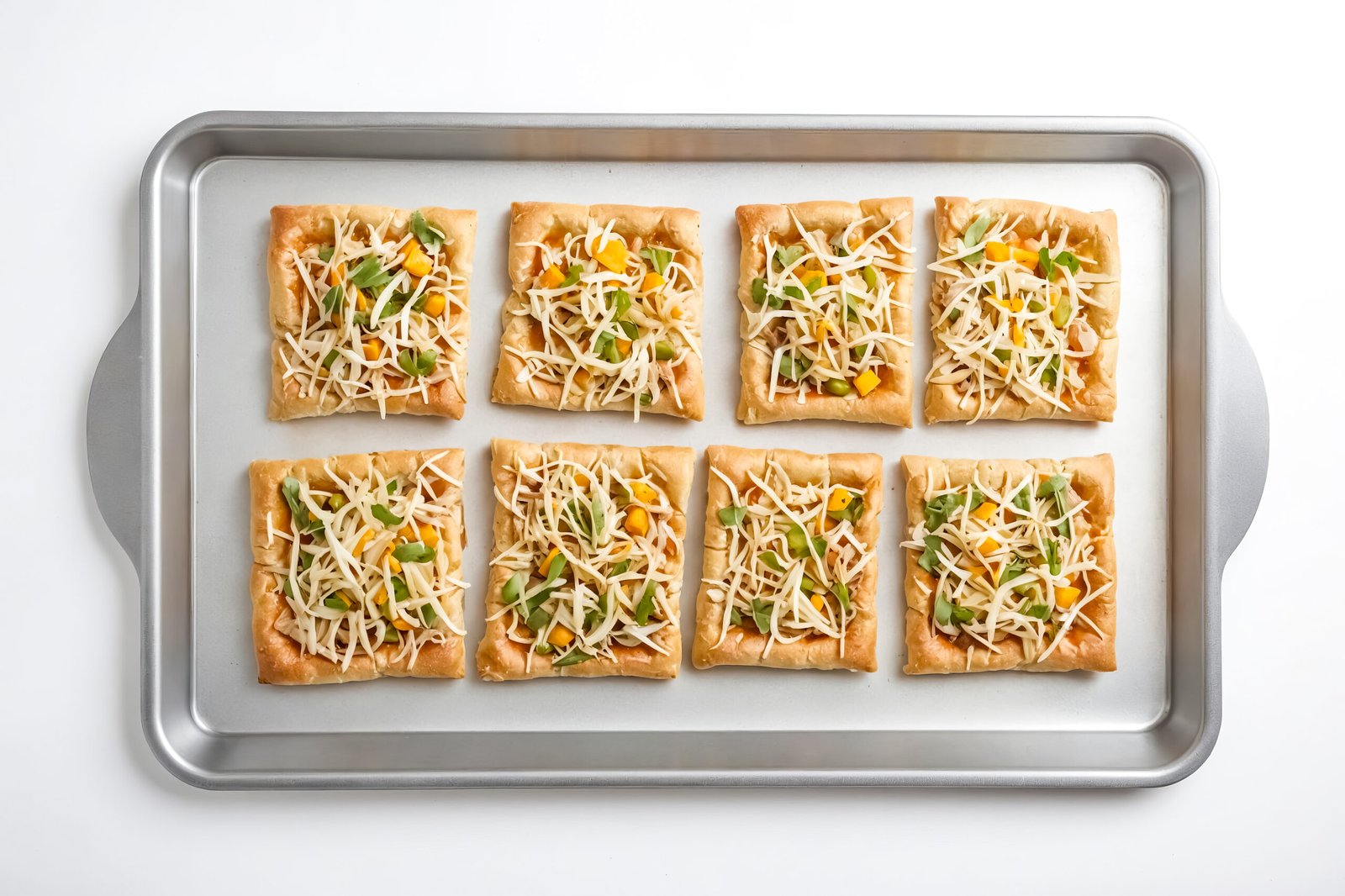
The Hardworking Sheet Pan
Don’t underestimate the power of a good sheet pan. These are perfect for roasting vegetables, baking healthy cookies, or even making entire sheet pan meals. Look for one that’s sturdy and doesn’t warp in the oven. A couple of good sheet pans can revolutionize your cooking game, making it easy to prep big batches of roasted veggies for the week or whip up a quick, healthy dinner.

The Versatile Cast Iron Skillet
A cast iron skillet might seem old-school, but it’s a powerhouse in the kitchen. It can go from stovetop to oven, making it perfect for everything from searing meats to baking cornbread. Plus, it adds a little extra iron to your food, which is great for your health. With proper care, a cast iron skillet can last for generations, making it a great investment for your healthy kitchen.

The Handy Spiralizer
Want to up your veggie game? A spiralizer can turn zucchini, carrots, and other veggies into noodle-like spirals. This is great for making low-carb “pasta” dishes or just adding more vegetables to your meals in a fun way. Plus, it’s a great tool for getting kids (or picky eaters) excited about eating more veggies.
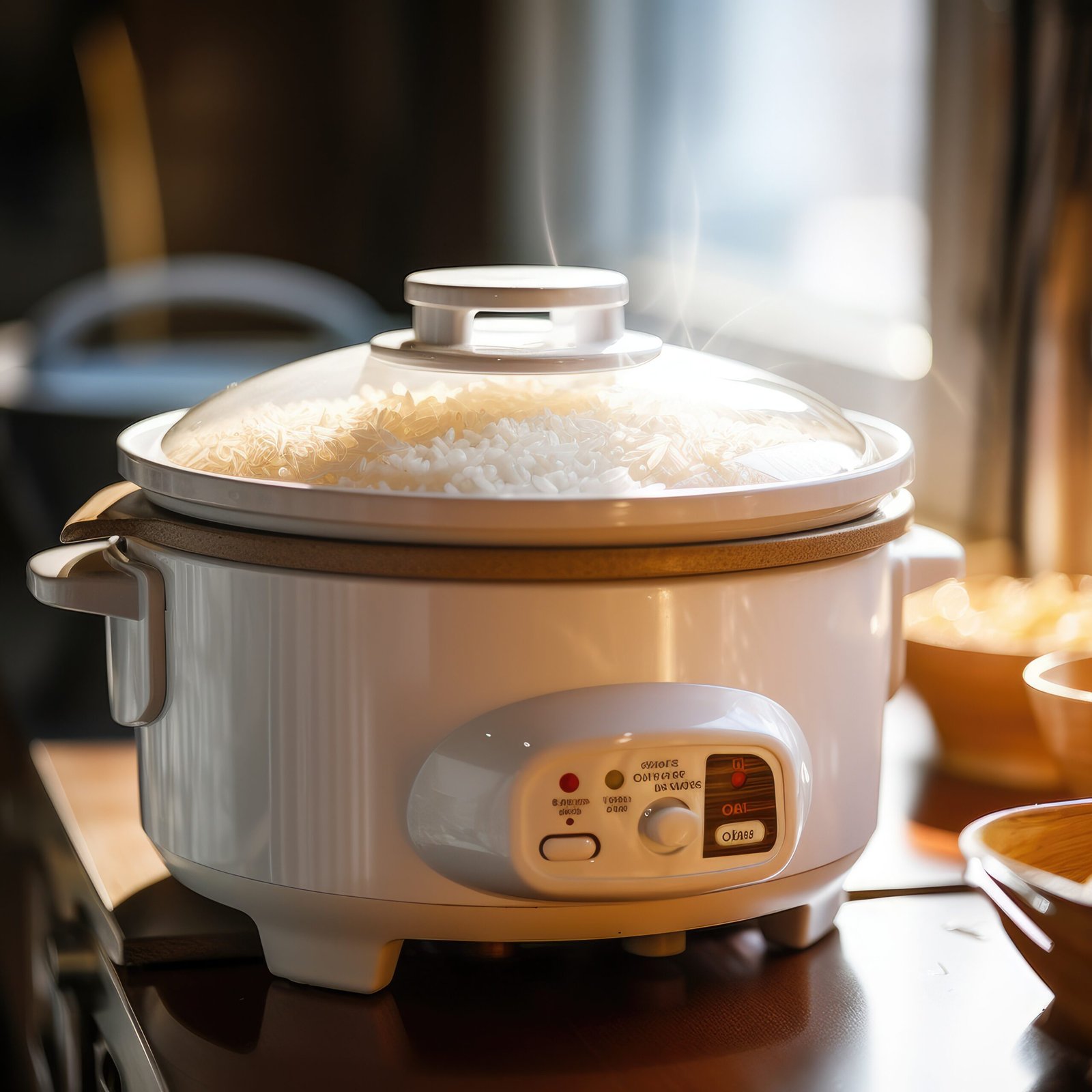
The Time-Saving Slow Cooker
Similar to the Instant Pot, a slow cooker can be a lifesaver for busy days. You can throw in ingredients in the morning, and come home to a delicious, healthy meal ready to eat. It’s perfect for making big batches of soups, stews, or even overnight oatmeal. Having a slow cooker makes it way easier to avoid the temptation of unhealthy fast food on busy nights.
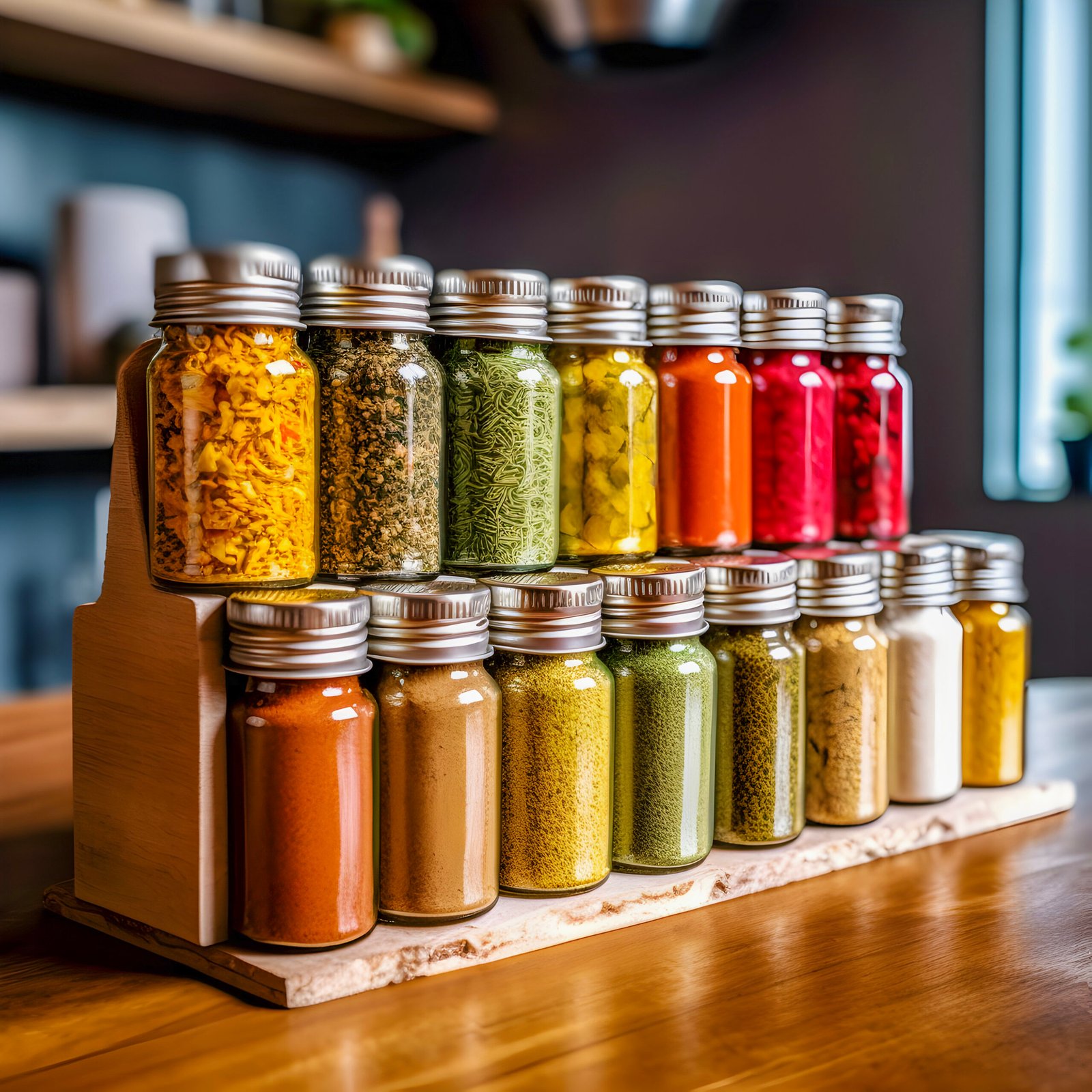
The Flavor-Boosting Spice Rack
Here’s where the magic happens. A well-stocked spice rack can transform simple, healthy ingredients into exciting, flavorful meals. Start with basics like cinnamon, cumin, garlic powder, and oregano, and build from there. Experimenting with different spices is a great way to keep healthy eating interesting and delicious.
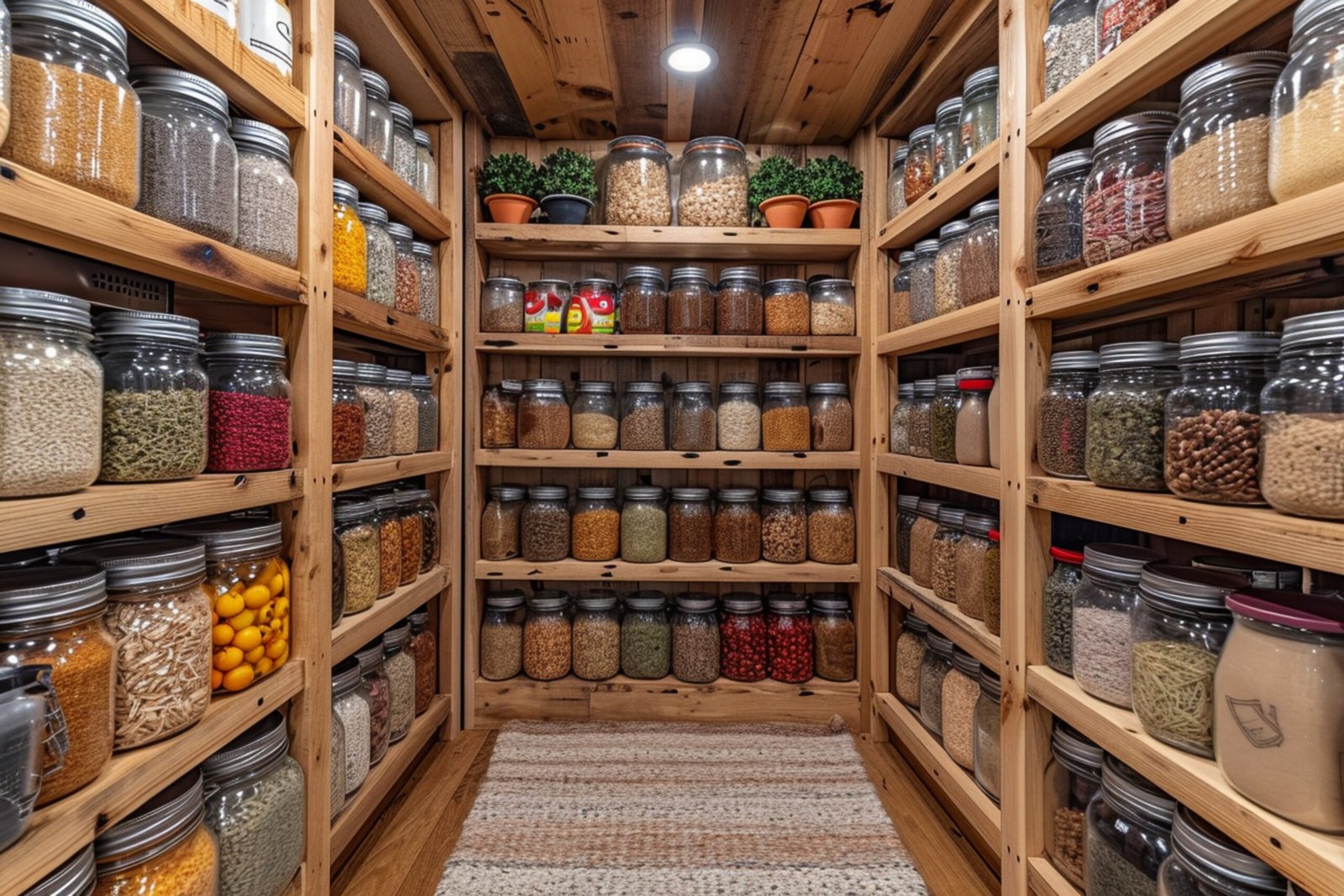
The Healthy Pantry Staples
Now that we’ve covered tools, let’s talk ingredients. Having a well-stocked pantry makes it so much easier to throw together healthy meals. Some essentials to keep on hand: whole grains (like brown rice and quinoa), beans (canned or dried), nuts and seeds, olive oil, vinegars, and low-sodium broths. With these basics, you can always whip up a quick, healthy meal even when the fridge is looking a little empty.
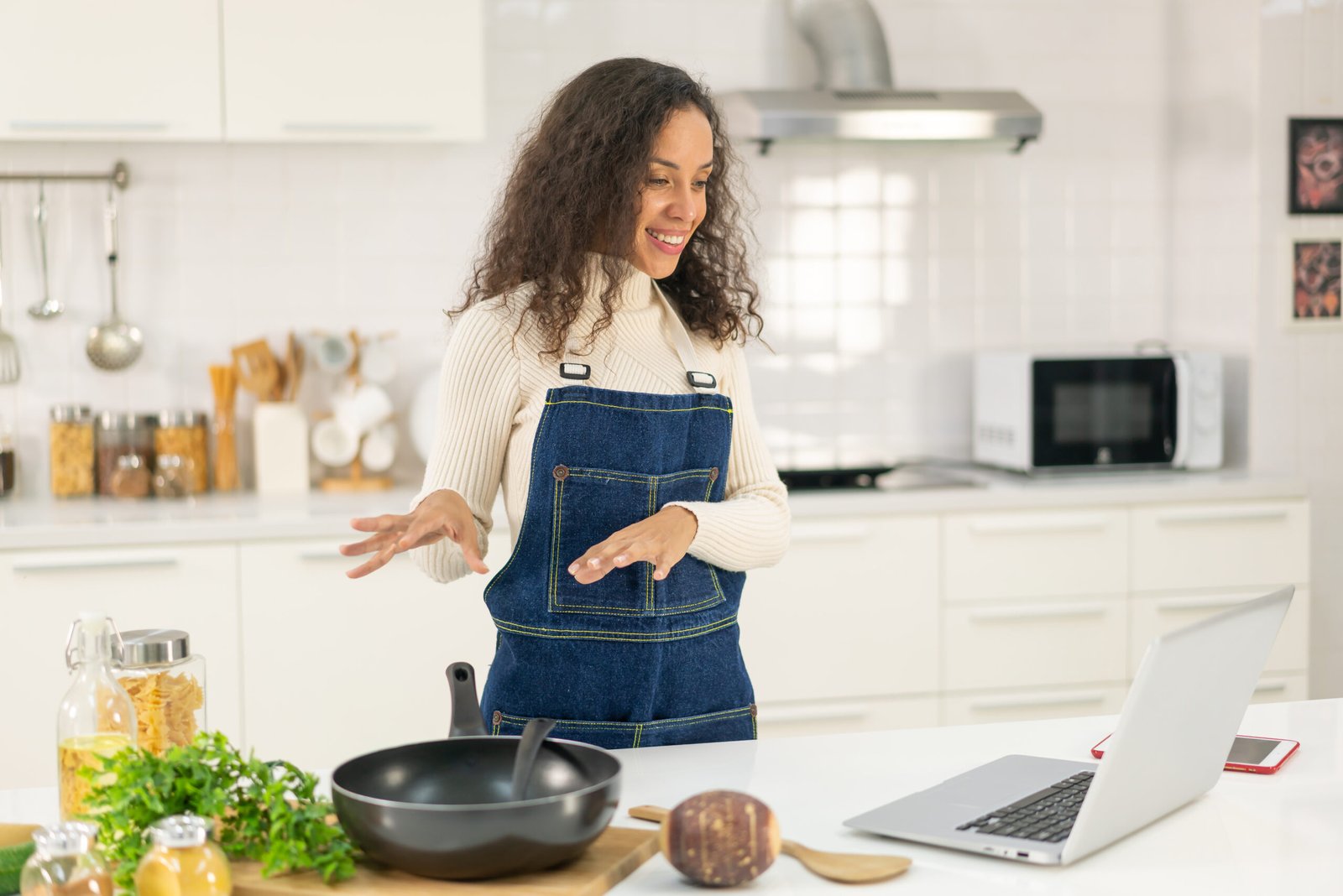
Remember, creating a healthy kitchen isn’t about having every gadget under the sun or filling your pantry with expensive “superfoods.” It’s about having the right tools and ingredients to make cooking healthy meals easier and more enjoyable. Start with the basics and build from there.
And hey, don’t feel like you need to go out and buy everything at once. Building a healthy kitchen is a process. Maybe start with one new tool or ingredient each week. Before you know it, you’ll have a kitchen that’s ready for any culinary adventure.

The most important thing is to have fun with it. Cooking healthy meals doesn’t have to be a chore. With the right tools and ingredients, it can be a creative, enjoyable part of your day. So go ahead, experiment with new recipes, try out different spices, and don’t be afraid to make mistakes. That’s how we learn and grow in the kitchen.
And remember, a healthy kitchen isn’t just about the stuff in it – it’s about the attitude you bring to it. Approach cooking with curiosity and enthusiasm, and you’ll be amazed at what you can create. Who knows? You might even discover a hidden talent for whipping up healthy, delicious meals that’ll make your friends and family beg for the recipe.
So, are you ready to transform your kitchen into a healthy cooking powerhouse? With these essential tools and ingredients, you’ll be well on your way to becoming a health food hero. Happy cooking!



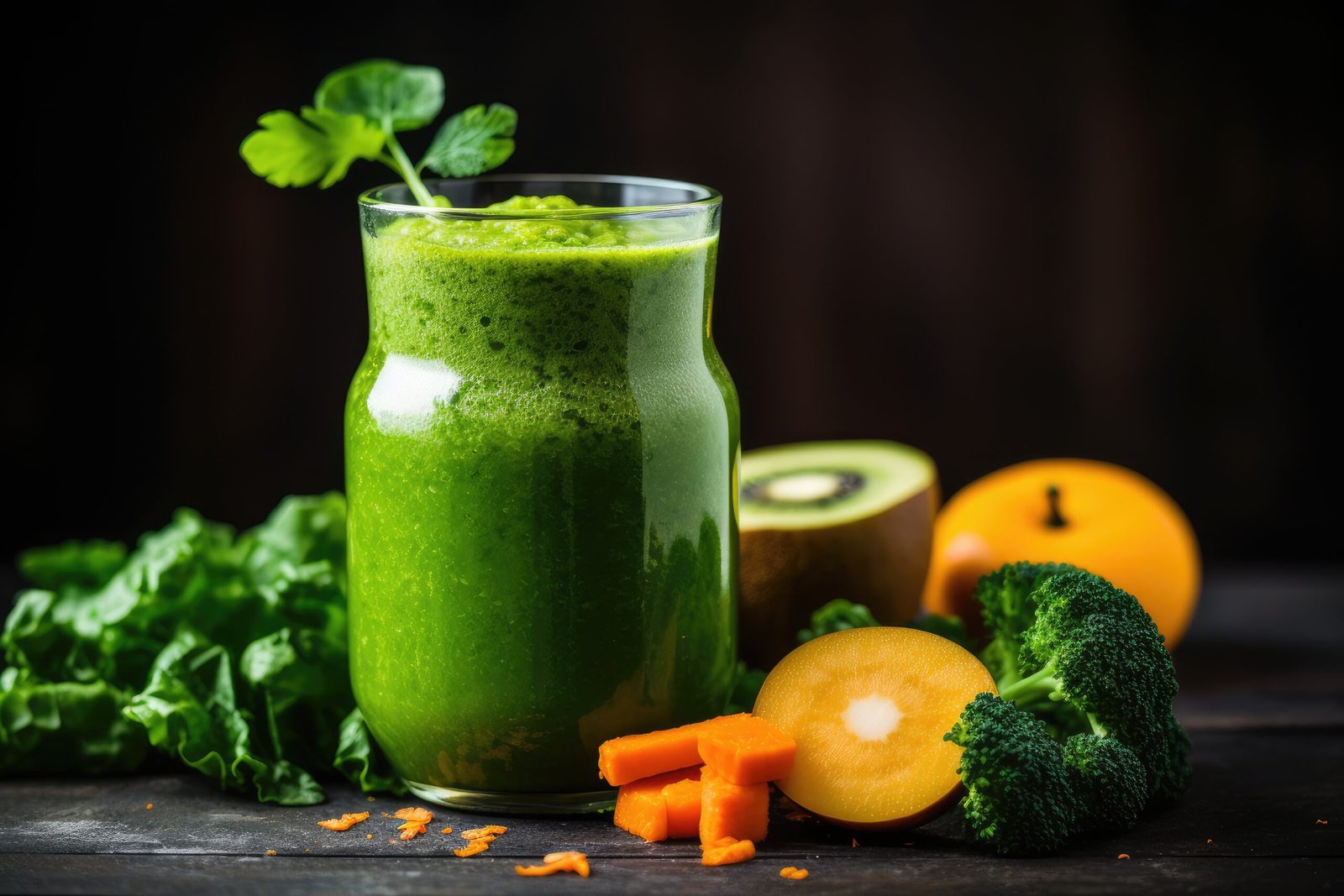


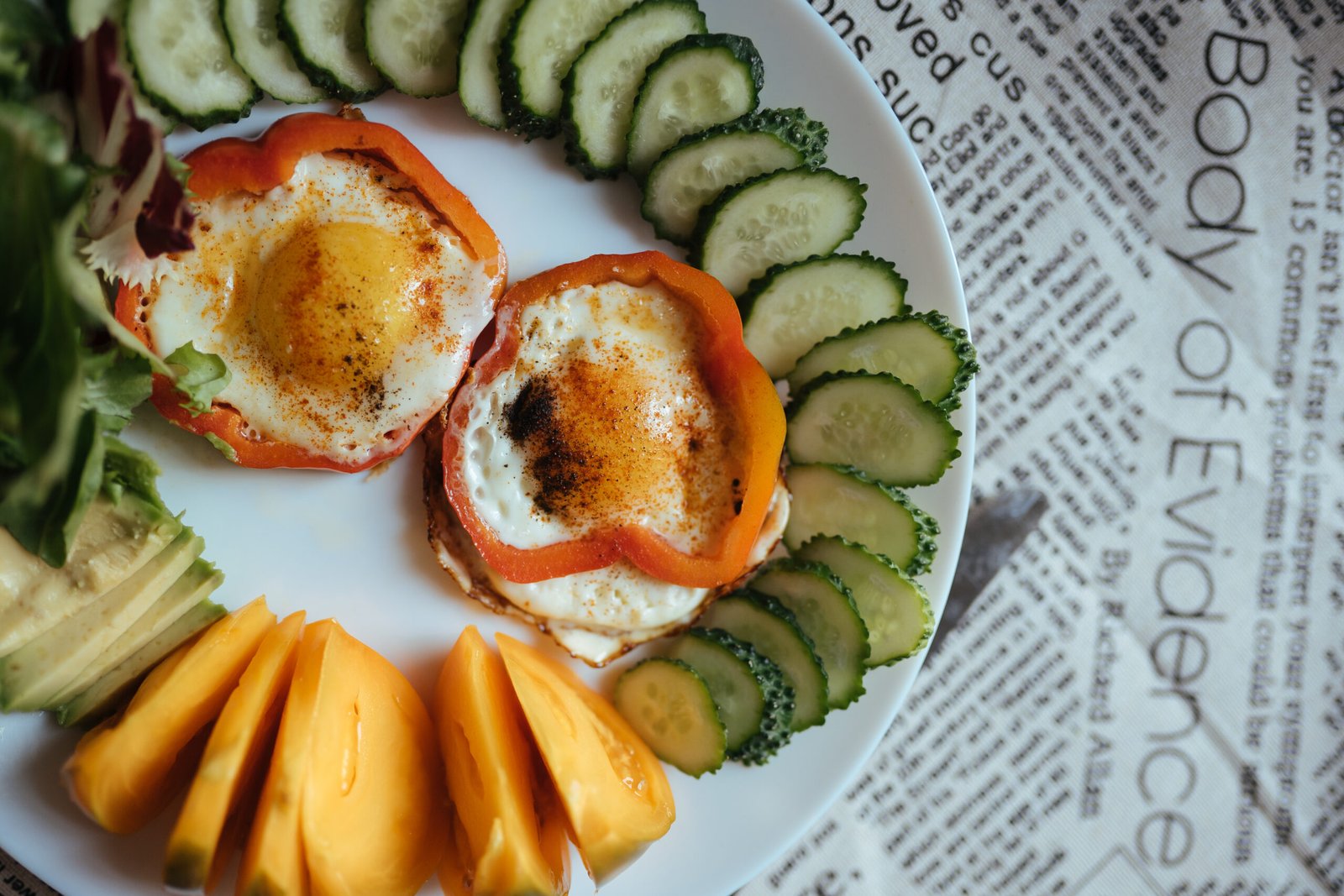



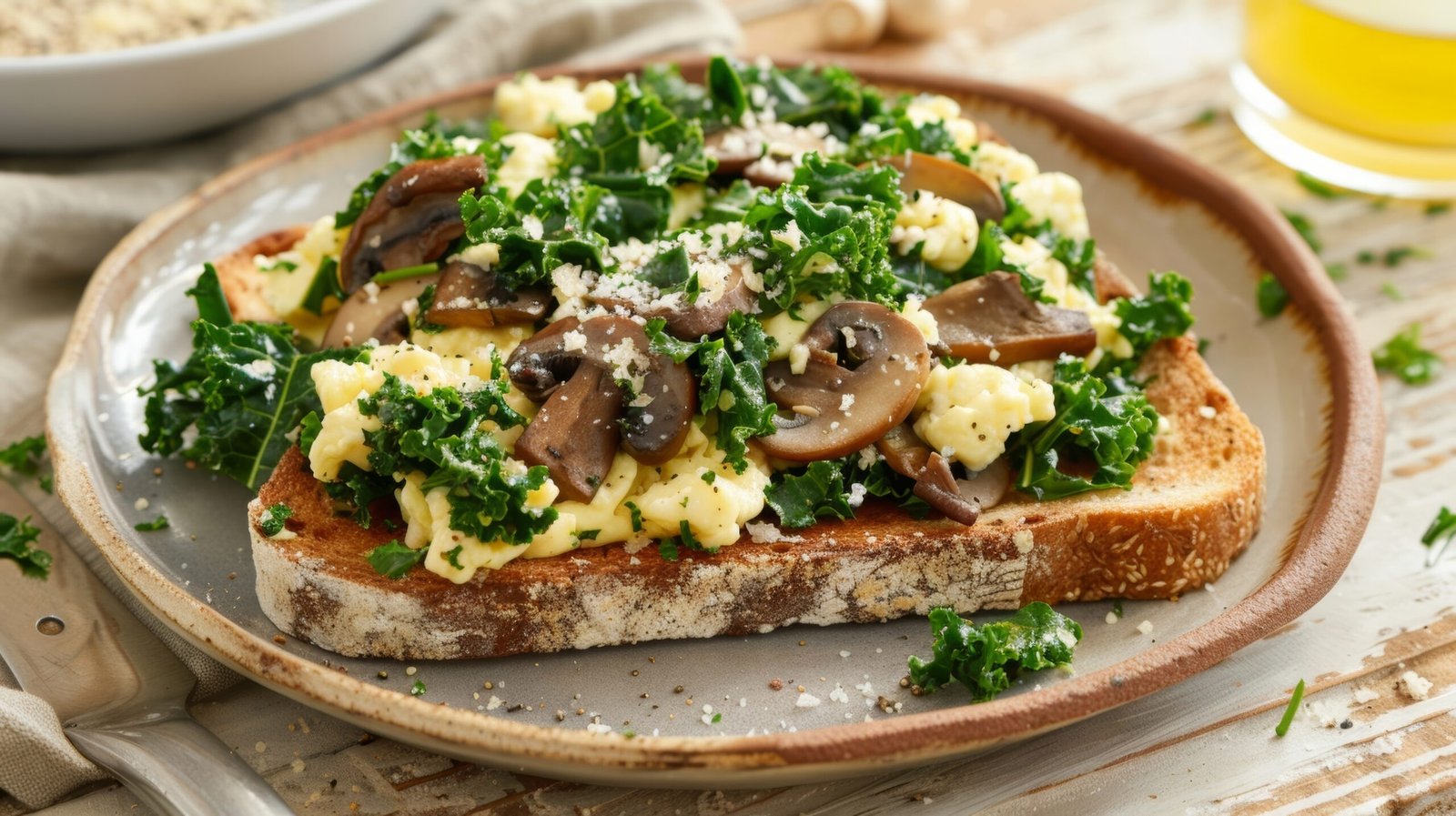

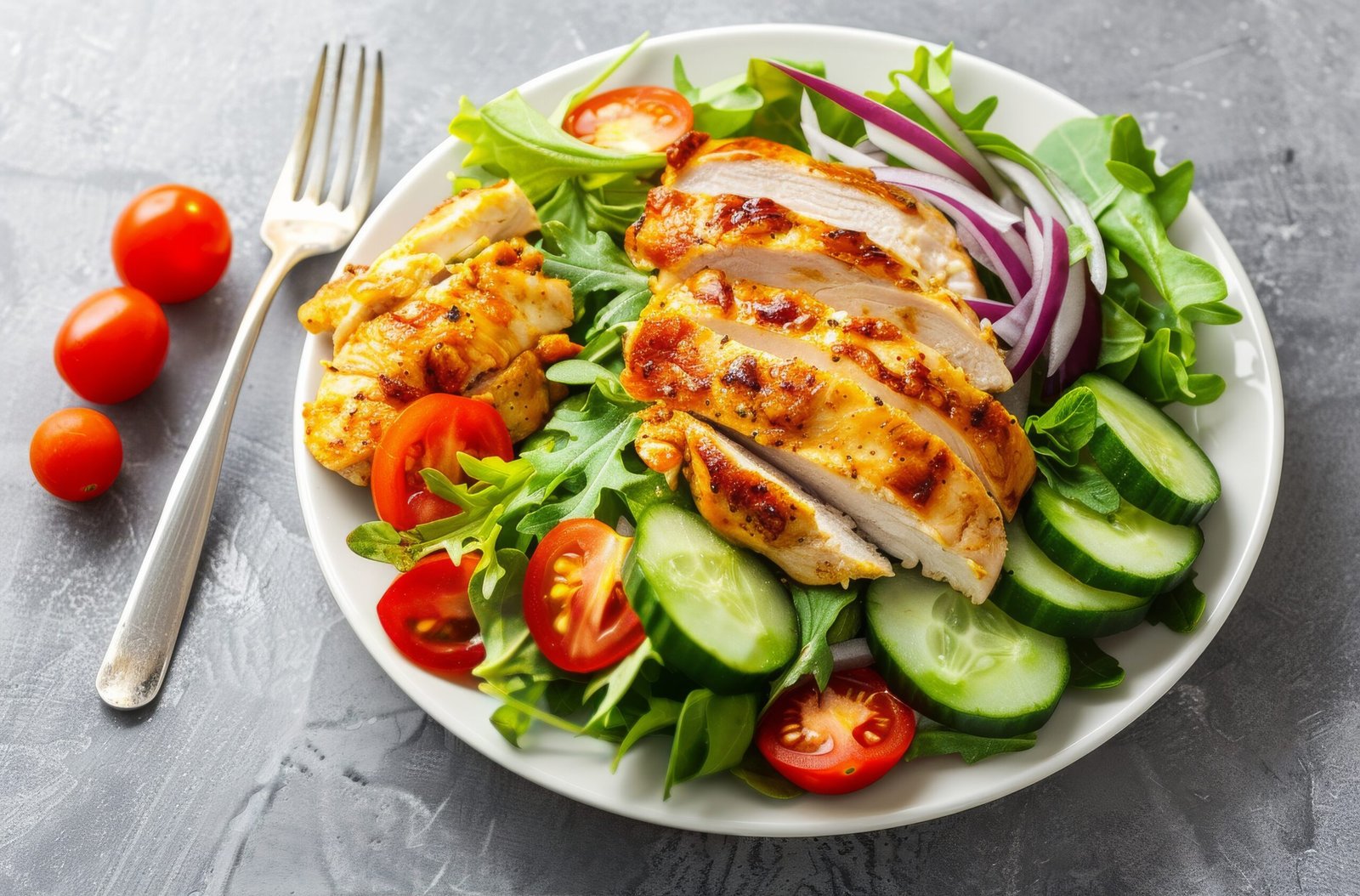






0 Comments